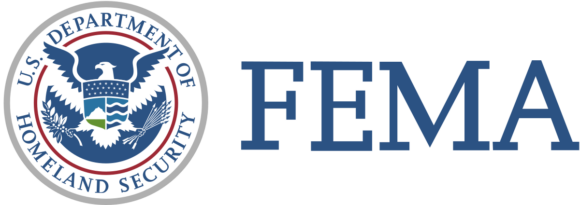President Joe Biden approved Governor Mike Parson’s request August 8 for a major disaster declaration for Missouri in response to the severe flooding that impacted the St. Louis region from July 25 to July 28. The disaster declaration makes the Federal Emergency Management Agency (FEMA)’s Individual Assistance program available to eligible residents in the City of St. Louis, and St. Louis and St. Charles counties. Individual Assistance allows eligible residents to seek federal assistance with temporary housing, housing repairs, replacement of damaged belongings, vehicles, and other qualifying expenses as a result of the flooding and storms.
“This was historic, devastating flash flooding that has impacted thousands of people in the St. Louis region,” Governor Parson said. “As we’ve seen at the assistance center events last week, there is tremendous need to support the families that have been so severely impacted by the record flash flooding. I appreciate the President acting swiftly to get Missourians the assistance they need. We will continue to work closely with our federal and local partners, along with the voluntary organizations that are already working hard to help.”
The federal disaster declaration also makes FEMA’s Public Assistance program available to the City of St. Louis and St. Louis, St. Charles, and Montgomery counties. The Public Assistance program allow local governments and qualifying nonprofit agencies to seek federal assistance for reimbursement of emergency response and recovery costs, including repair and replacement costs for damaged roads, bridges, and other public infrastructure.
The deadline for most individual assistance programs is 60 days following the President’s major disaster declaration. Disaster assistance to eligible individuals generally falls into the following categories:
- Housing Assistance may be available for up to 18 months for displaced persons whose residences were heavily damaged or destroyed. Funding also can be provided for housing repairs and replacement of damaged items to make homes habitable.
- Disaster Grants, which are available to help meet other serious disaster related needs and necessary expenses not covered by insurance and other aid programs. These may include replacement of personal property, and transportation, medical, dental, and funeral expenses.
- Low-Interest Disaster Loans are available after a disaster for homeowners and renters from the U.S. Small Business Administration (SBA) to cover uninsured property losses. Loans may be available for repair or replacement of homes, automobiles, clothing, or other damaged personal property.
- Other Disaster Aid Programs include crisis counseling, disaster-related unemployment assistance, legal aid and assistance with income tax, Social Security, and veterans’ benefits.
The flooding resulted in major damage to more than 750 homes, over 130 businesses and led to at least $35 million in damage to uninsured infrastructure and emergency response costs. The Governor made the disaster declaration request to the President on Thursday following joint Preliminary Damage Assessments conducted by the Missouri State Emergency Management Agency, FEMA, and local emergency managers.
A state of emergency was declared in Missouri on July 26 as record flash flooding impacted the St. Louis region. The Missouri State Emergency Operations Plan also was activated, allowing state agencies to coordinate directly with local jurisdictions to provide emergency services.
Source: Office of Governor Mike Parson
Topics Flood
Was this article valuable?
Here are more articles you may enjoy.



 Kansas Man Sentenced to Probation for Insurance Fraud
Kansas Man Sentenced to Probation for Insurance Fraud  Disney Worker Injured Trying to Stop Runaway Boulder at Indiana Jones Show
Disney Worker Injured Trying to Stop Runaway Boulder at Indiana Jones Show  Relief But Questions on Agents’ Duties to Insureds After Florida Court Ruling
Relief But Questions on Agents’ Duties to Insureds After Florida Court Ruling  Howden US Tells Judge Brown & Brown Employees Fled Due to ‘Mistreatment’
Howden US Tells Judge Brown & Brown Employees Fled Due to ‘Mistreatment’ 

